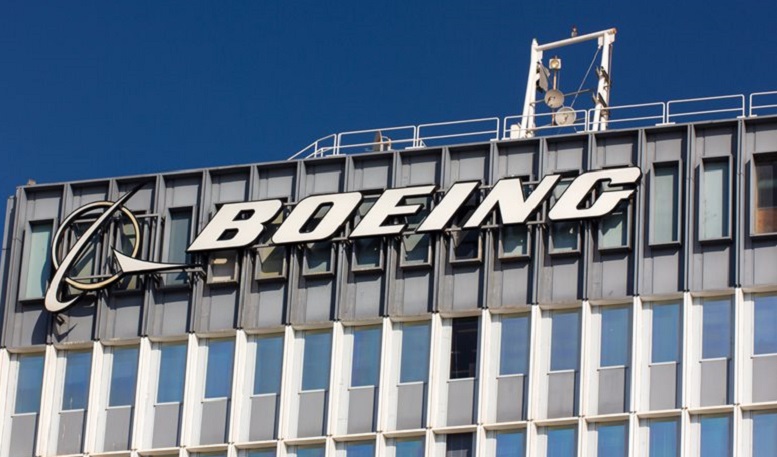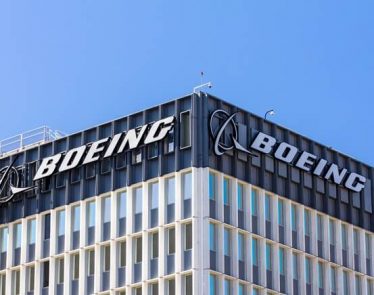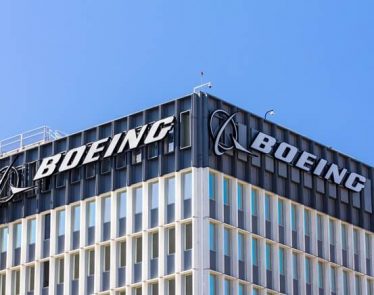
Boeing saw shares rise to their highest levels on July 26 during mid-morning trading. The rise was largely due to a successful second-quarter earnings report as well as a positive outlook from Boeing for the rest of 2017.
Following the release of their second-earnings report on Wednesday, July 26, Boeing’s (NYSE:$BA) stock went up by more than 8% — the biggest gain for the stock since August 2009. Dollar gain was almost $17, making it the best daily point rise in Boeing’s stock history. This rise in a single trading session was quite impressive when one considers the fact that Boeing’s stock only gained over 10% after seeing rises for four consecutive trading sessions.
For the last five quarters, Boeing’s earnings have surpassed analyst expectations, and its 2017 second quarter earnings are no different. The company posted earnings per share (EPS) of $2.89, which is significantly higher than FactSet analysts’ consensus of earnings per share of$2.58. While sales expectations were almost not met, Boeing raising its 2017 EPS guidance had offset the negative reactions the market could have had.
In 2017 so far, Boeing’s shares have gone up by 47%. This gain is rather significant given the 10% rise in the Dow (INDEXDJX:$.DJI) and the 11% rise for the S&P 500 (INDEXCBOE:$.INX) so far this year. Boeing’s stock is the best performer in the Dow so far this year, its year-to-date gain higher than Apple’s (NASDAQ:$AAPL) 33% year-to-date rise and Mcdonald’s Corp.’s (NYSE:$MCD) 30% year-to-date rise.
Despite the rise thanks to Boeing’s earnings report, Canaccord analysts (TSE:$CF) suggested in a note that investors should approach the stock with caution due to the risk in investing in wide-body planes and the valuation of it.
However, commercial and defense markets have been gaining confidence and Boeing has been clearly surpassing expectations for margin and cash generation, noted the analysts from Canaccord. Instead of starting up new programs, Boeing has been controlling its R&D and investment spending as well as increasing efficiency in production, the analysts noted.
Meanwhile, analysts at Vertical Research Partners (traded privately) were much more captivated by Boeing’s free cash flow of around $4.5 billion in its 2017 second quarter. Even after distributing dividends and buybacks, the aerospace company’s cash balance still went up by $1.1 billion when compared to the first quarter, the analysts noted. “This is about as close to perfect as it gets from Boeing. A significant cash flow beat, a meaningful increase to guidance from operations, and no execution issues,” they added.
Featured Image: Depositphotos/© wolterke












